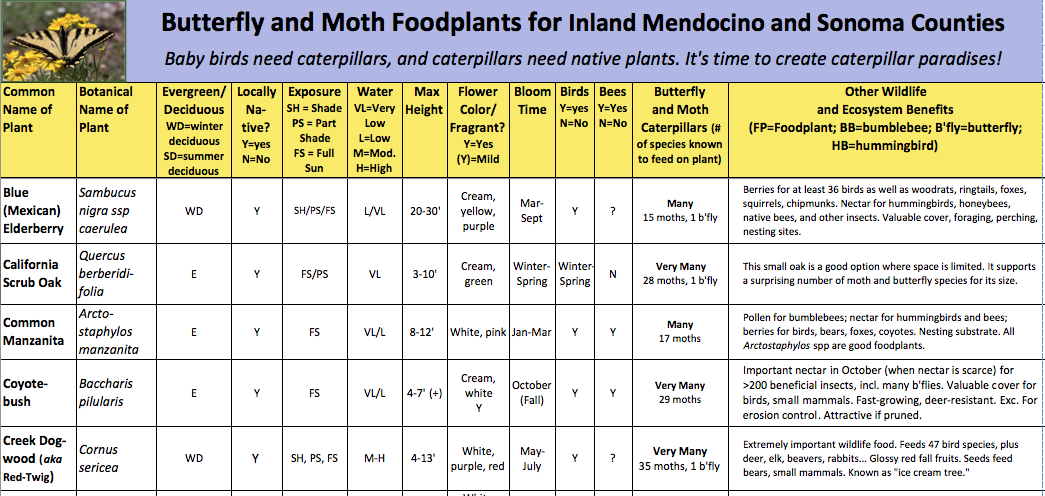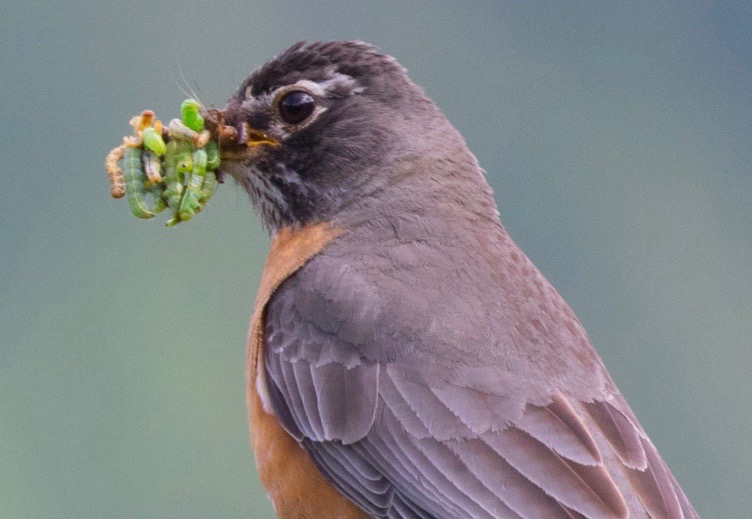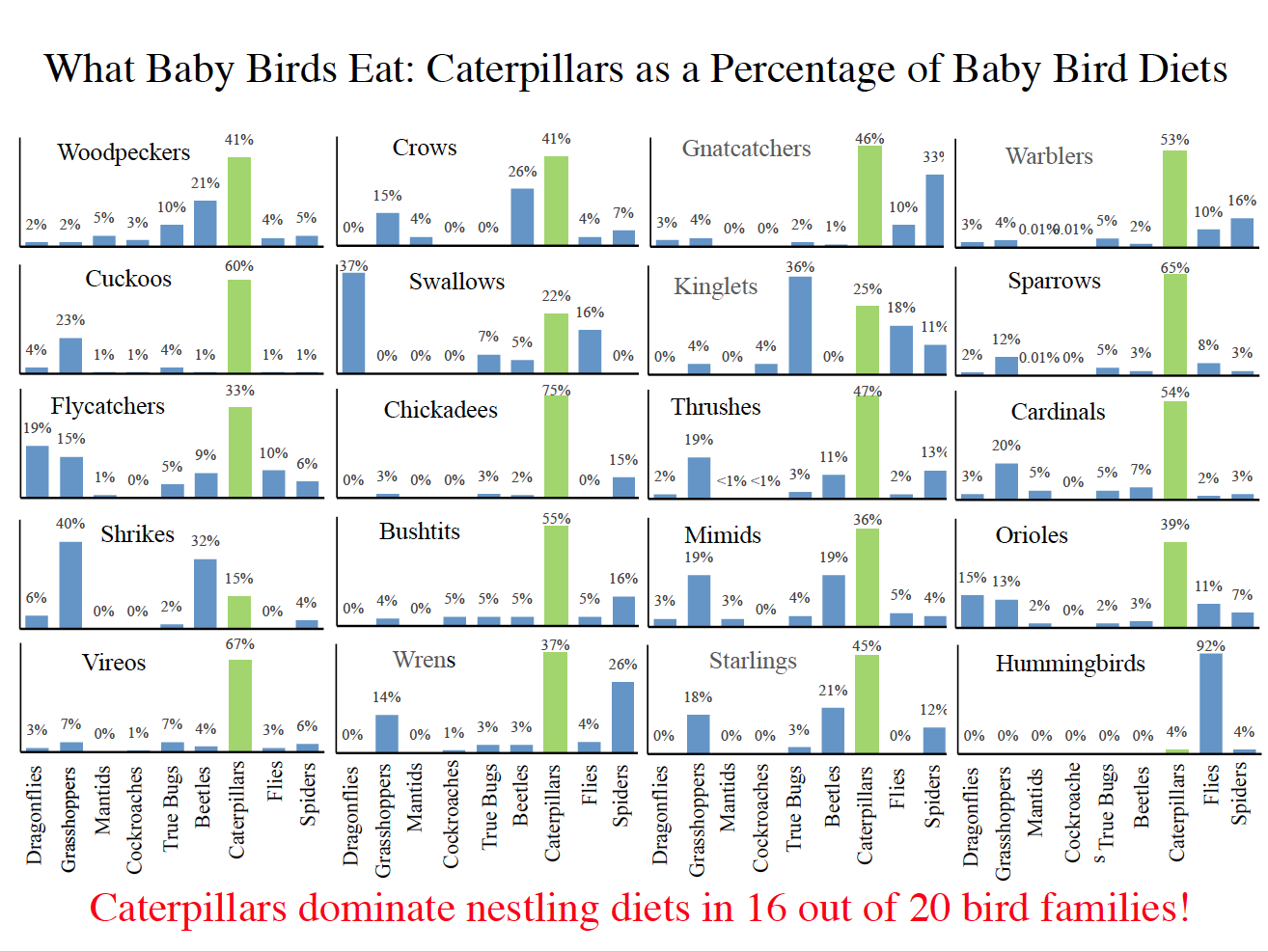Skip to content
Are you noticing fewer butterflies flying around during the day, fewer moths hovering around your porch lights at night, cleaner windshields when you go on car trips? Has it occurred to you that you no longer need to close your mouth when you ride a bicycle? If you want to learn about the “Insect Apocalypse,” click here.
And if you’d like to know what you can you do about it, here are two relatively easy courses of action:
1) Plant locally native plants––they are food for the insects that are the foundation
of food webs;
2) Buy only plants and compost that have not been treated with neonicotenoid pesticides (“neonics”). More information on neonics here.
Below you will find a guide to plants native to inland Mendocino and Sonoma Counties that support significant numbers of moth and butterfly caterpillars. (Many of these plants are also native to parts of Lake and Marin Counties). To find out why moths and butterflies are especially important, read this brief essay, The Chickadee’s Guide to Gardening, by Doug Tallamy. You might also wish to watch Tallamy in action in this riveting video, The Living Landscape.

To see the complete four-page list of foodplants, click here. To learn even more about the plants on the list, including which moth and butterfly caterpillars feed on them, go to Calscape.
World-wide, more than 40% of insects are at risk of extinction. As the foundation of the animal food chain, insects are eaten not only by birds, but also by reptiles, amphibians, fish, and mammals. Even large mammals, like bears, coyotes, and foxes, rely heavily on insects. (Insects constitute 23% of a black bear’s diet and 25% of a fox’s diet!) And most of the carnivores who don’t eat insects consume animals that eat insects. Last but not least, our human food supply is largely dependent on these little creatures that most of us have taken for granted until now.
Because moth and butterfly larvae, known as caterpillars, are large and rich in protein, fat, and carotenoids, and because many of them are soft and easy on baby bird throats, they are the ideal food for terrestrial nestlings. The problem

is that parent birds have to work extremely hard to collect enough caterpillars for their babies. Chickadees, for example, need to deliver 6-9,000 caterpillars to their nestlings over a three-week period––or up to 600 caterpillars per day!. If the parents can’t find those caterpillars in nearby trees and shrubs, their babies will starve. Parents work from sunup to sundown just to find enough food near the nest. They don’t have the time or energy left over to travel farther looking for it. But in places where humans have planted exotic trees and shrubs that caterpillars can’t eat, that is exactly what they have to do.
Here’s why: Plants protect themselves with chemicals to deter herbivores. So in order to survive eating a certain plant, a caterpillar must have co-evolved with it, sometimes over millennia, to become resistant to its toxins. That means that local insects can eat only locally native plants (or plants with similar chemical defenses). Exotic plants from other states or countries may be beautiful, but most of them would kill any local insect that tried to eat them.
So by planting natives, even the less attractive ones, we will bring life back into our world in the form of butterflies, birds, bears, bats, and other wildlife. Let’s start growing natives instead of tearing them out! Let’s garden for moths (because moths greatly outnumber butterflies)! Let’s turn our towns into caterpillar paradises! And let’s learn to rejoice when we see leaf damage. It means we have INSECTS!
I compiled my chart, Inland Mendocino County Foodplants for Butterflies and Moths, using information from California Plants as Resources for Lepidoptera by Jeffrey Caldwell. Caldwell’s amazing unpublished manuscript will tell you which butterfly and moth species visit a particular plant for nectar, and which use the plant as a larval host. This book is the product of many years of fine, meticulous work––a true labor of love and a generous contribution to the community and California’s food webs. Caldwell welcomes requests for lectures or consultations at j.a.caldwell71@gmail.com.
RESOURCES
THE LIVING LANDSCAPE by Doug Tallamy. This thrilling, fast-moving video is filled with mind-boggling information and stunning images. It is about how insects, which are the foundation of most food webs, have co-evolved with native plants and cannot survive on plants from other parts of the country or the world. I have watched it several times and still have more to learn! (The good stuff starts about 2 minutes in).
THE CHICKADEE’S GUIDE TO GARDENING by Doug Tallamy. This is a must-read: a clear, easy-to-understand synopsis of the problem and what we can do about it.




